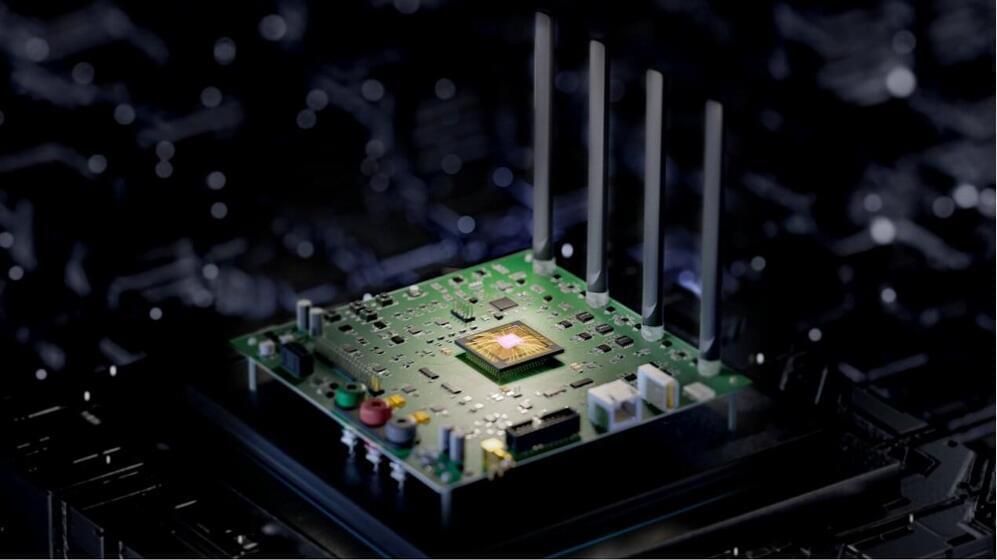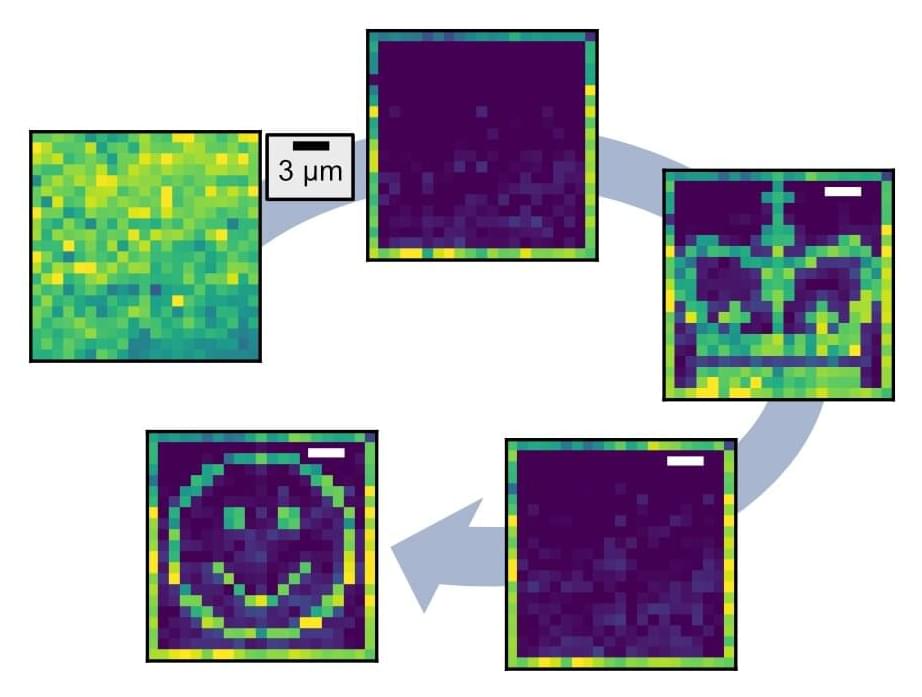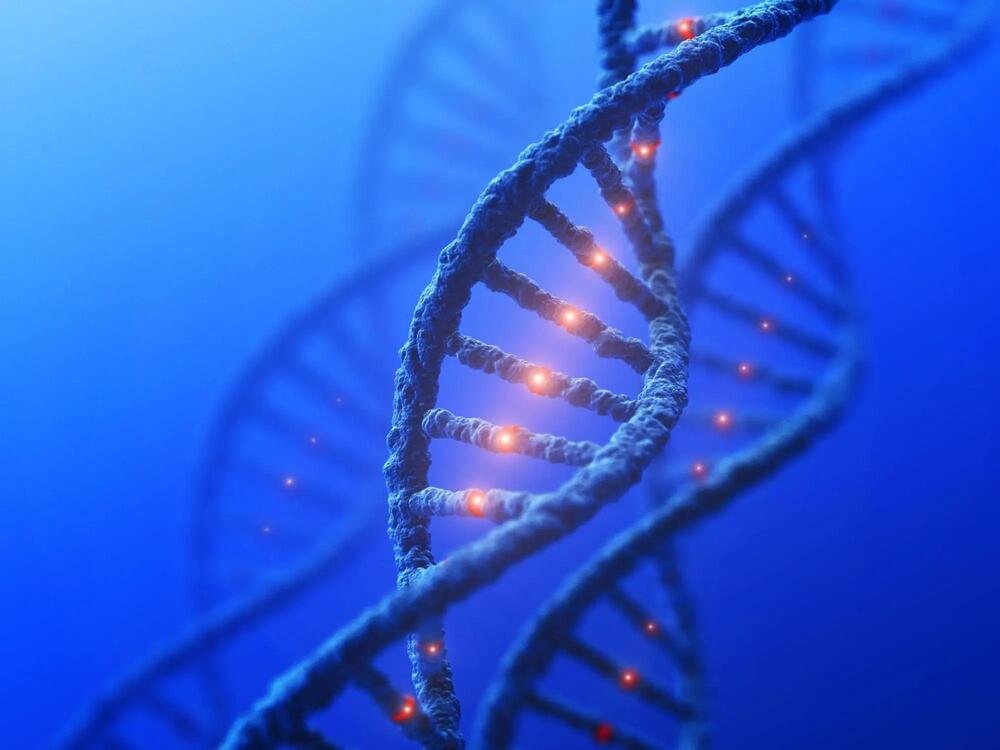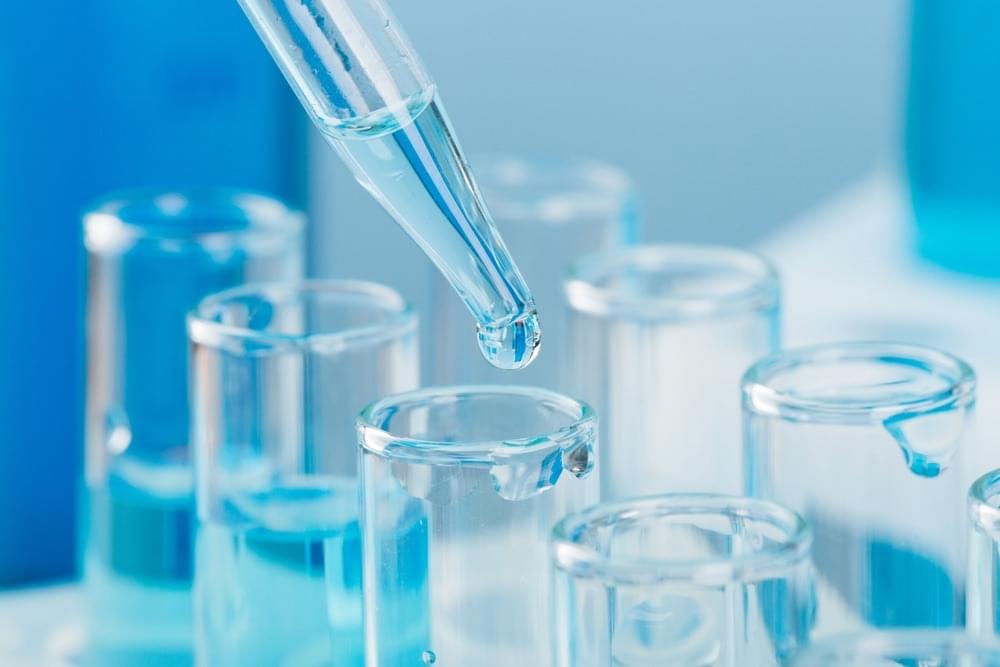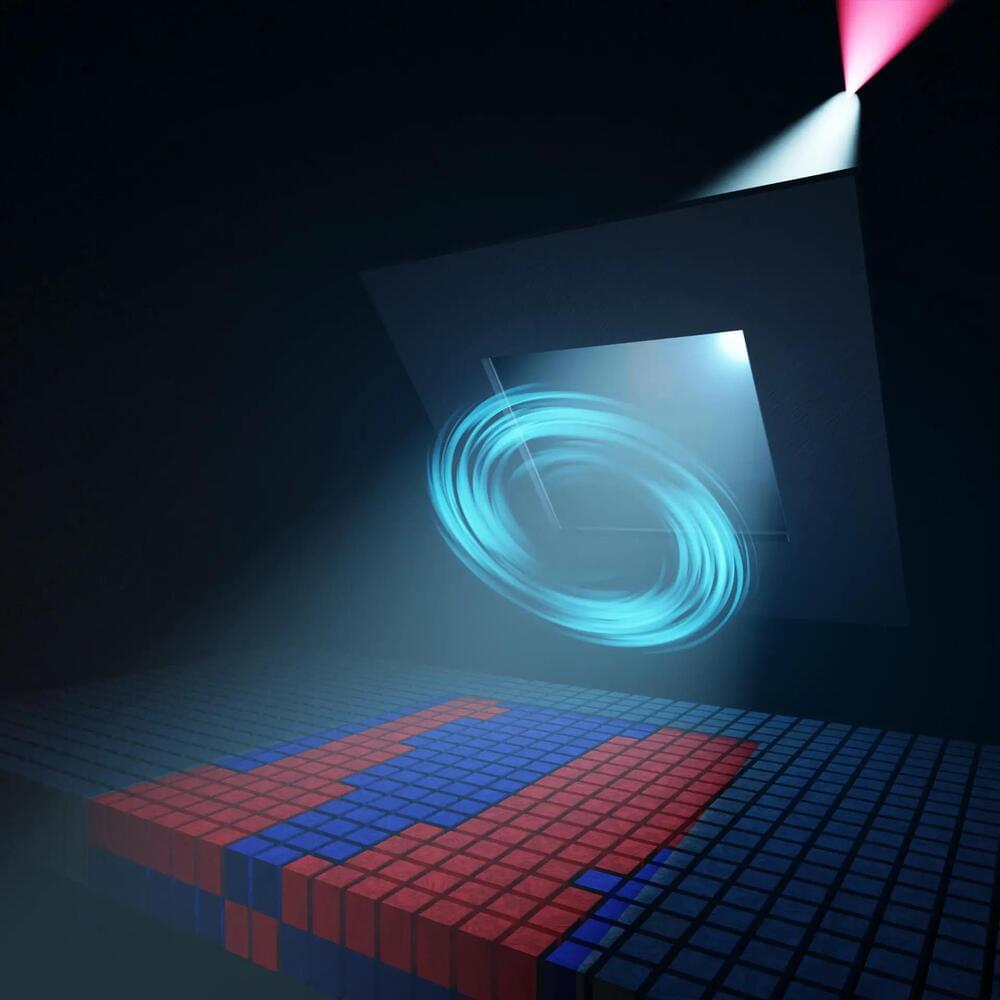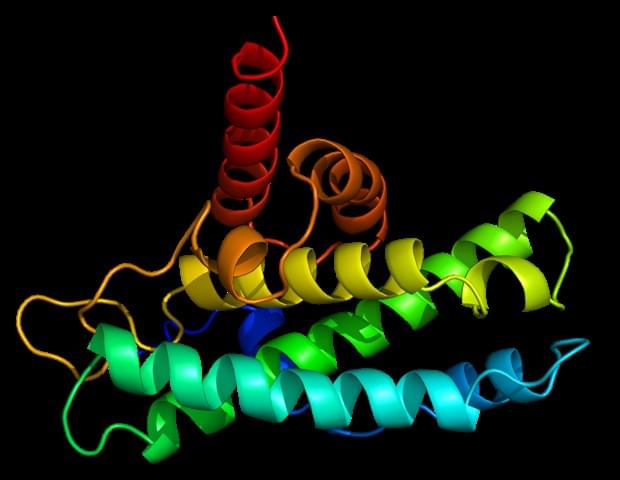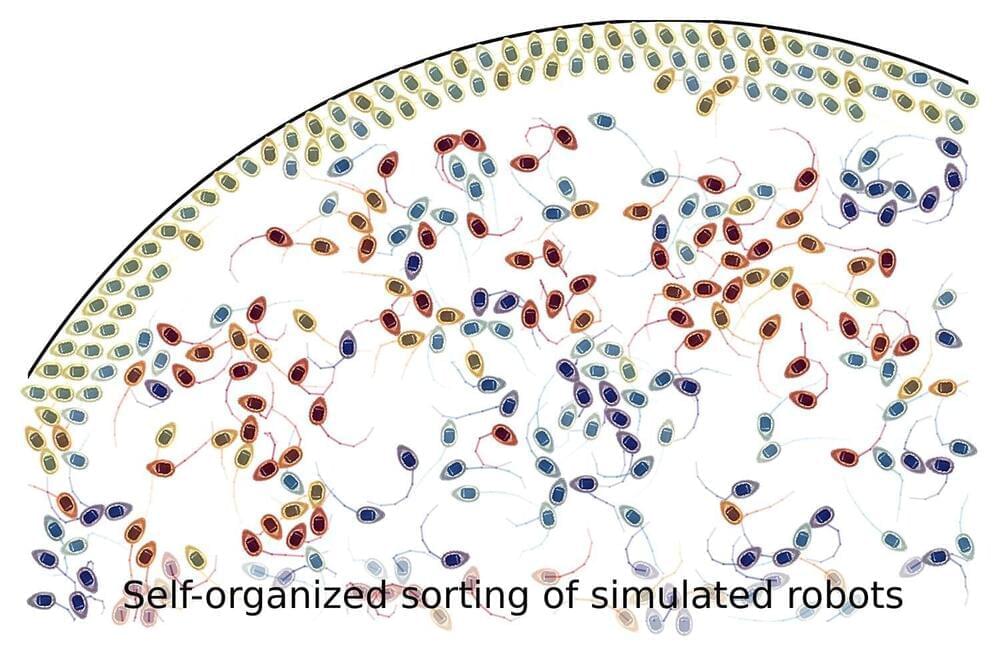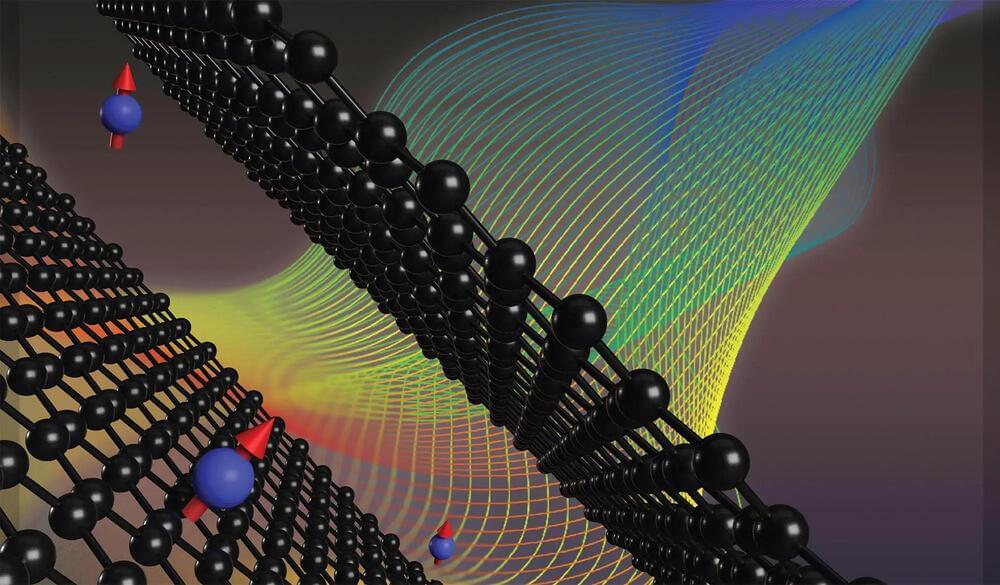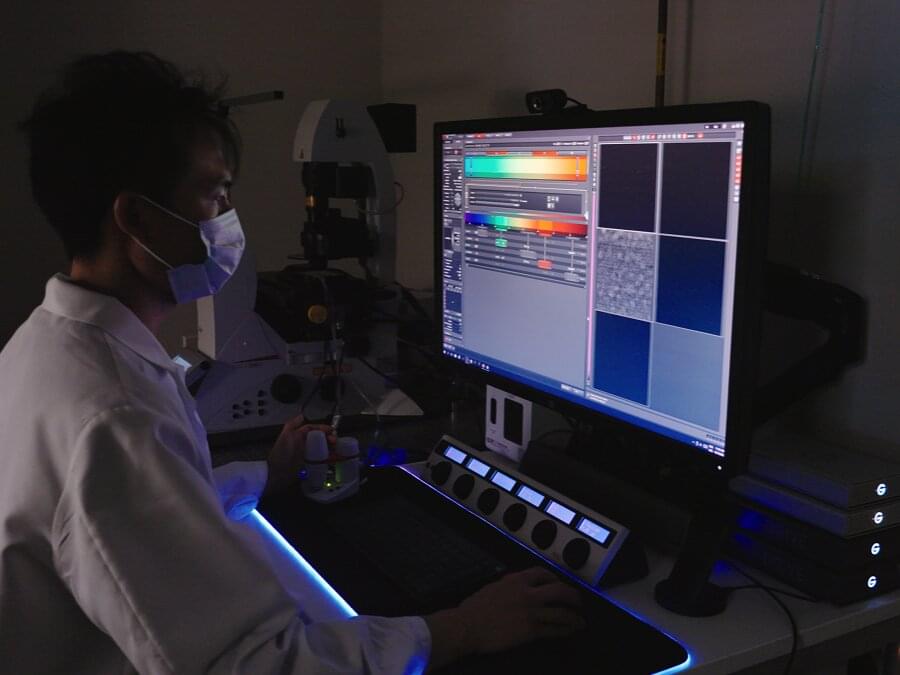Jun 1, 2023
A new approach to realize parallel in-memory wireless computing
Posted by Saúl Morales Rodriguéz in categories: computing, internet, nanotechnology
Advanced communication technologies, such as the fifth generation (5G) mobile network and the internet of things (IoT) can greatly benefit from devices that can support wireless communications while consuming a minimum amount of power. As most existing devices have separate components to perform computations and transmit data, reducing their energy consumption can be challenging.
Researchers at Nanjing University, Southeast University and Purple Mountain Laboratories in China recently devised a parallel in-memory wireless computing scheme that performs computations and wireless transmission concurrently on the same hardware. This design, introduced in Nature Electronics, is based on the use of mermristive crossbar arrays, grid-like structures containing memristors, electrical components that can both process and store data.
“In one of our previous works published in Nature Nanotechnology, we proposed the realization of massively parallel in-memory computing by using continuous-time data representation in a nanoscale crossbar array,” Shi-Jun Liang, one of the researchers who carried out the recent study, told Tech Xplore.
